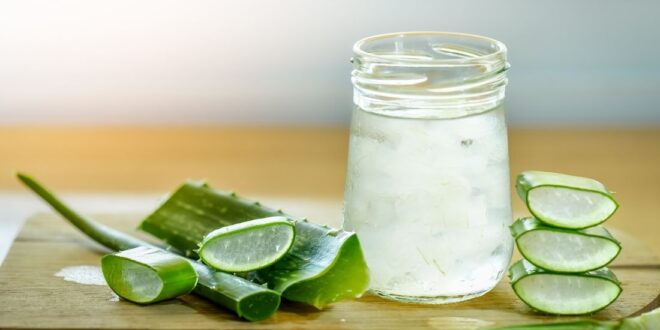Meet The Aloe Vera Plant
Aloe vera, a succulent plant from the Asphodelaceae family, is not only admired for its architectural beauty but also celebrated for its medicinal properties. With its fleshy, spiky leaves filled with soothing gel, Aloe vera has been used for centuries to treat various skin conditions. Its low-maintenance nature and air-purifying qualities make it a popular houseplant. Whether you’re drawn to its health benefits or its unique appearance, understanding proper Aloe vera plant care will ensure your plant thrives indoors or outdoors.

This guide covers everything you need to know about Aloe vera plant care, including sunlight, watering, soil requirements, propagation, and harvesting its beneficial gel.
Why Choose an Aloe Vera Plant?
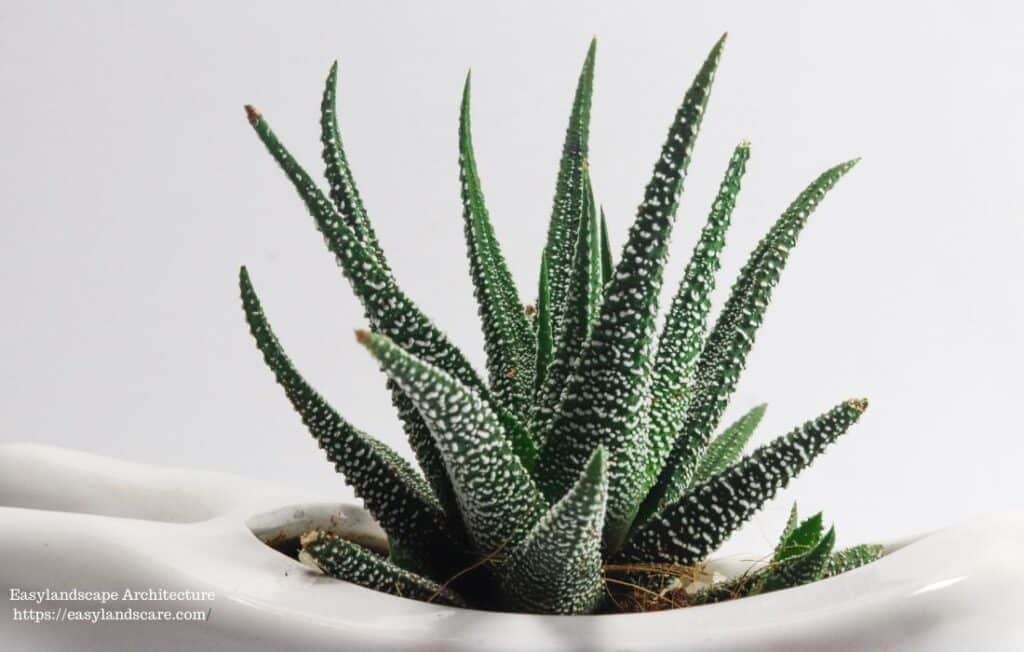
Aloe vera is not just a plant; it’s a versatile companion. Beyond its well-known medicinal uses, Aloe vera is an attractive and resilient plant. Its rosette of thick, green leaves with toothed edges adds a touch of desert charm to any space. It’s relatively drought-tolerant, making it forgiving for forgetful plant owners. Having an Aloe vera plant at home provides easy access to its soothing gel for minor burns, cuts, and skin irritations. Additionally, it’s known for its ability to remove certain toxins from the air, contributing to a healthier indoor environment.
Essential Tips for Aloe Vera Plant Care
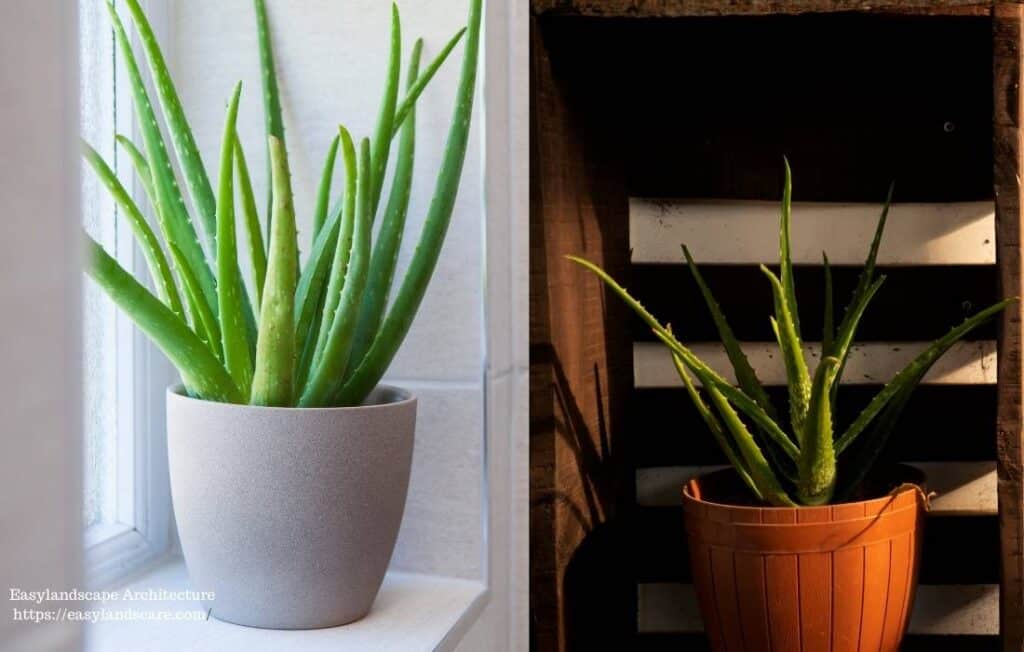
Sunlight Requirements
- Bright, Indirect Light: Aloe vera thrives in bright, indirect sunlight. While it can tolerate some direct sun, especially outdoors, prolonged exposure to intense sunlight can scorch its leaves, causing them to turn brown or reddish.
- South or West-Facing Windows (with Protection): If placing near a south or west-facing window, especially during the hottest parts of the day, provide some shade with sheer curtains or move the plant slightly away from the window.
- East-Facing Windows: East-facing windows provide gentle morning light that Aloe vera enjoys.
- Rotate the Plant: Rotate your Aloe vera plant periodically to ensure all sides receive even light, promoting balanced growth.
Watering and Moisture
- Allow Soil to Dry Completely: Aloe vera is a succulent adapted to arid environments and is highly susceptible to overwatering, which can lead to root rot. Allow the soil to dry out completely between waterings.
- Water Deeply and Infrequently: When you do water, water deeply until water drains from the bottom of the pot. This ensures the entire root system is moistened. Then, wait until the soil is completely dry again before the next watering.
- Reduce Watering in Winter: During the dormant winter months, Aloe vera requires even less water. Water sparingly, perhaps once a month or even less, depending on your indoor environment.
- Good Drainage is Crucial: Always use pots with drainage holes to allow excess water to escape. Avoid letting the pot sit in standing water.
Soil Requirements
- Well-Draining Soil Mix: Use a well-draining soil mix specifically formulated for cacti and succulents. These mixes typically contain ingredients like sand, perlite, or pumice, which promote excellent drainage and prevent water retention around the roots.
- Avoid Moisture-Retaining Soils: Regular potting soil often retains too much moisture and can lead to root rot in Aloe vera.
- Repotting: Repot your Aloe vera plant every 1-2 years, or when it outgrows its current container. Choose a pot that is only slightly larger than the previous one. Spring or summer is the best time for repotting.
Temperature Preferences
- Ideal Range: Aloe vera prefers temperatures between 18-27°C (65-80°F).
- Avoid Extreme Cold: It is not frost-tolerant and should not be exposed to temperatures below 10°C (50°F).
- Protect from Drafts: Protect your plant from cold drafts and sudden temperature fluctuations.
Fertilizer
- Light Feeding During Growing Season: Aloe vera is not a heavy feeder. Fertilize sparingly, perhaps once or twice during the active growing season (spring and summer), with a balanced liquid fertilizer diluted to half the recommended strength.
- Avoid Over-Fertilizing: Over-fertilizing can harm the plant.
- No Fertilizer in Winter: Do not fertilize during the dormant fall and winter months.
Propagation of Aloe Vera
Aloe vera readily produces “pups” or offsets, which are small baby plants that grow at the base of the mother plant. These pups are the easiest way to propagate Aloe vera:
- Separating Pups:
- Gently remove the mother plant from its pot.
- Carefully separate the pups from the mother plant, ensuring each pup has its own roots. You may need to use a clean, sharp knife to detach them.
- Allow the cut ends of both the mother plant and the pups to dry and callus over for a few days to prevent infection.
- Plant the mother plant back in its original pot or a new one with fresh cactus/succulent soil.
- Plant the pups in their own small pots with the same type of soil.
- Water lightly after planting and place in bright, indirect light.
- Leaf Cuttings (Less Reliable): While possible, propagating Aloe vera from leaf cuttings is less reliable than using pups. Allow the cut end of a healthy leaf to callus over for several days, then plant it in well-draining soil. Rooting may or may not occur.
Harvesting Aloe Vera Gel
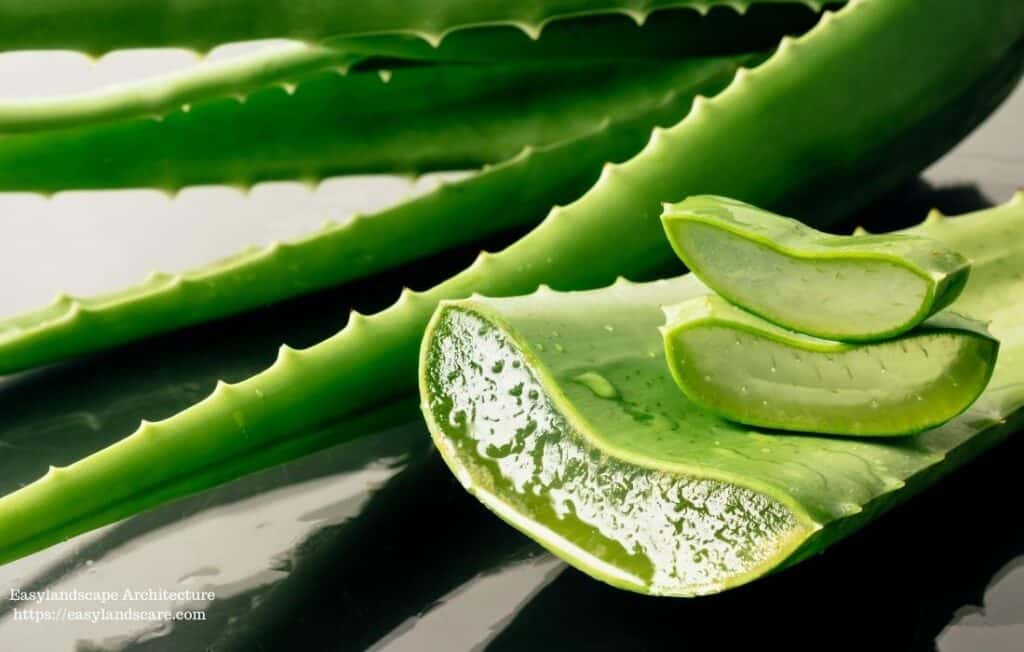
To harvest the beneficial gel from your Aloe vera plant:
- Choose a mature outer leaf (older, larger leaves contain more gel).
- Using a clean, sharp knife, cut the leaf close to the base of the plant.
- Wash the leaf thoroughly.
- You can either slice off the spiky edges and then fillet the leaf to extract the gel with a spoon, or slice the leaf in half lengthwise and scrape out the gel.
- Use the gel immediately or store it in an airtight container in the refrigerator for up to a week.
Common Issues and Troubleshooting in Aloe Vera Plant Care
- Brown Leaf Tips:
- Overwatering: Reduce watering frequency and ensure good drainage.
- Tap Water Sensitivity: Try using rainwater or distilled water.
- Low Humidity (less common for Aloe vera than tropicals but can be a factor in very dry environments).
- Soft, Mushy Leaves:
- Overwatering and Root Rot: This is the most likely cause. Stop watering immediately and allow the soil to dry out completely. If the rot is severe, you may need to repot the plant and remove any damaged roots.
- Flat, Drooping Leaves:
- Underwatering: Water deeply when the soil is completely dry.
- Insufficient Light: Move the plant to a brighter location.
- Pale or Yellowing Leaves:
- Too Much Direct Sunlight: Move the plant to a location with bright, indirect light.
- Nutrient Deficiency (unlikely if using fresh soil periodically).
- Reddish or Brown Spots:
- Sunburn: The plant is receiving too much direct sunlight. Move it to a shadier spot.
- Cold Damage: The plant has been exposed to temperatures that are too low.
Tips for Successful Aloe Vera Plant Care
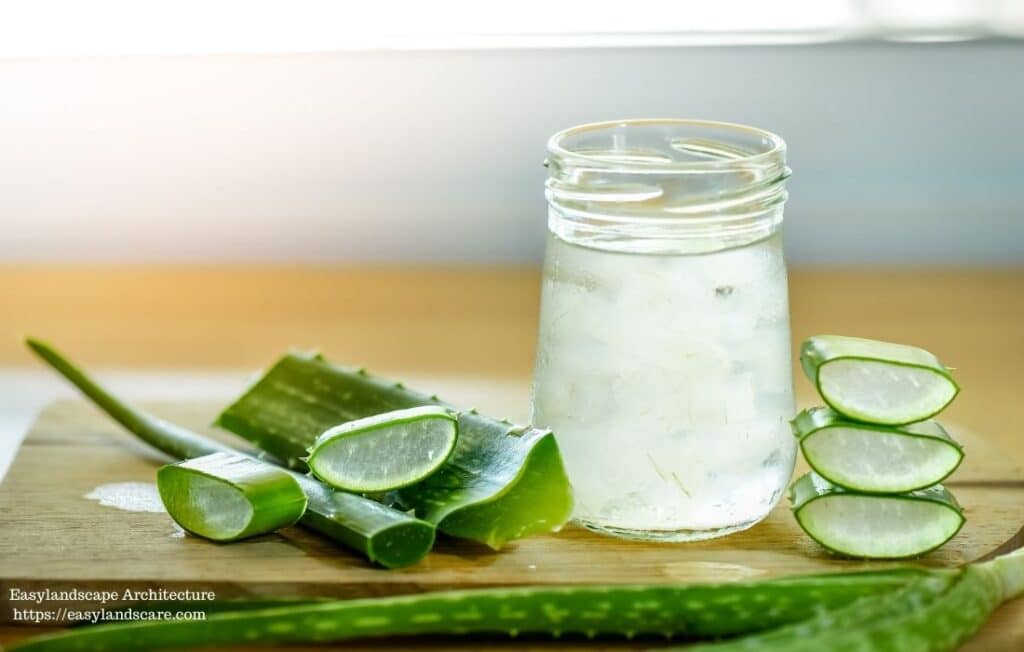
- Provide bright, indirect light.
- Water deeply but infrequently, allowing the soil to dry out completely between waterings.
- Use a well-draining cactus or succulent potting mix.
- Avoid over-fertilizing.
- Repot every 1-2 years.
- Propagate easily from pups.
- Harvest gel from mature outer leaves.
With its resilience and numerous benefits, the Aloe vera plant is a wonderful addition to any home. By following these care guidelines, you can enjoy its architectural beauty and have access to its soothing gel whenever needed. Remember that less is often more when it comes to watering Aloe vera, and providing the right light and soil are key to its health and thriving growth. Embrace the simplicity of Aloe vera plant care and watch your plant flourish. If you liked this article, you might also be interested in our article on Best Indoor Plants: Top 15 Picks and Care Tips

